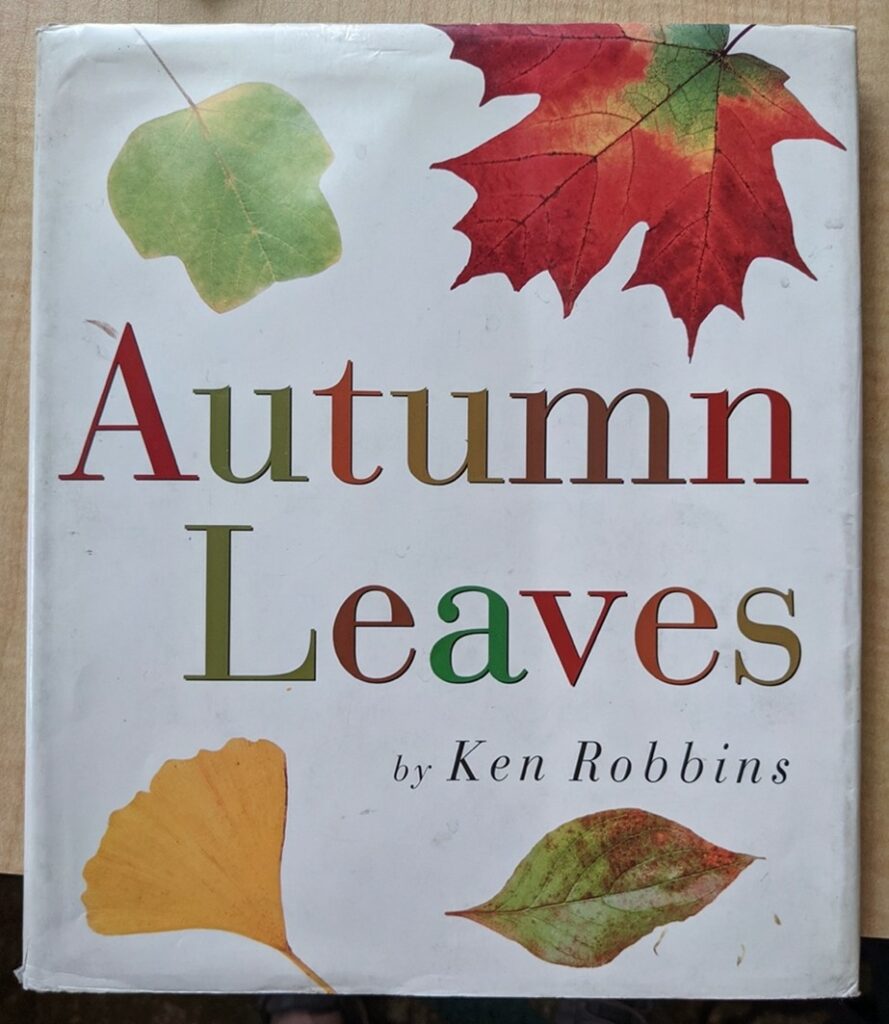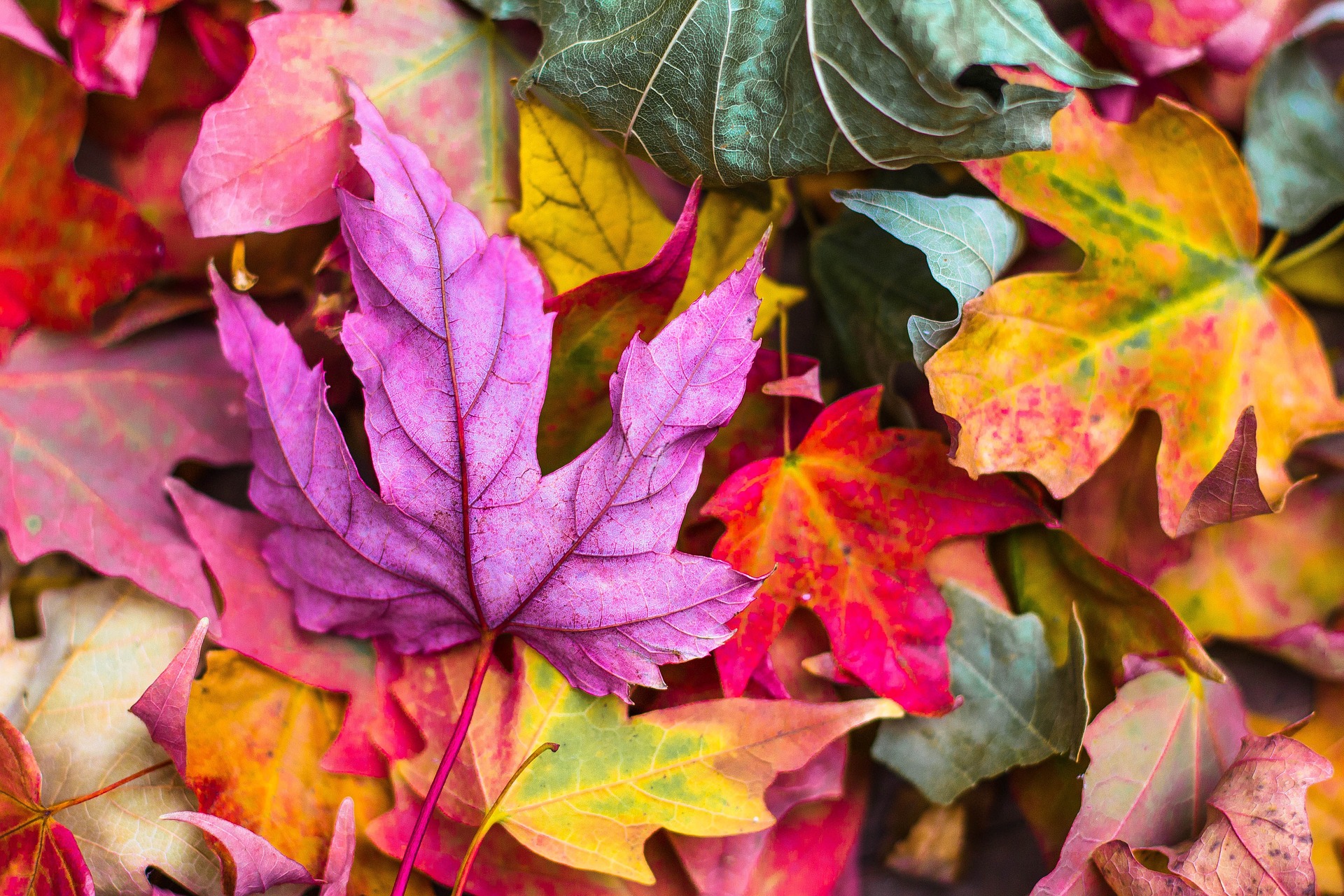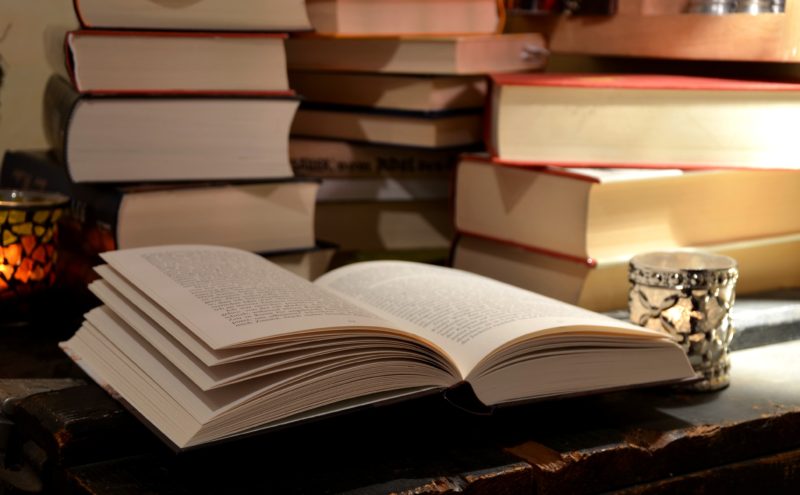Fictional stories and poetry are often held together by fact, and this lesson shows students how they can weave practical knowledge into imaginative writing.
On a crisp, mid-October day, we embarked on our leaf-walk. My 22 students excitedly exited our building and began to walk west through our school neighborhood, each carrying a clipboard in order to collect leaves and take notes if they were so inclined. I took an iPad with me to photograph trees so that we could revisit our excursion back in the classroom.
One of the favorite lessons I taught at the end of September into October was inspired by autumn. Much of what we studied early in the school year in science and geography lent itself well to writing activities. Fictional stories and poetry are often held together by fact, and this lesson shows students how they can weave practical knowledge into imaginative writing.
Once we had a grasp on the science behind seasonal change and how our particular area is affected, I read Autumn Leaves by Ken Robbins. This book is a visual delight, and it is filled with facts about the physical properties of a variety of leaves and trees. Robbins explains the science behind why leaves change color and what each color signifies. After reading Autumn Leaves, we took a walk outside to collect leaves and see if we could name them using both book as well as other tree and leaf titles from the Science Table.

Out in our neighborhood of Oak Park, Illinois, we saw the reds, yellows, and burnished oranges of the various autumn trees. The sidewalk was littered with acorns. Several tall oak trees stood like sentries along one avenue while another street was planted with bright yellow and bright red maple trees and golden linden trees. I encouraged the students to stand under these brightly colored giants and look up. One student remarked, “I wish I could paint these colors.” Several others picked up leaves that had fallen and attached their stems to their clipboard. As we walked on one child noted the shaggy bark of the river birch while many gathered around the smoke tree, its reddish burgundy paddle-shaped leaves.
“These are just like the example in the book,” remarked one student. She loved the Ken Robbins’ book as much as I do. We saw a multi-colored sassafras at end of one block with its mismatched leaves: some like mittens, some with three lobes, and still others just a single lobed leaf. I asked the students to show me where they thought the roots to this particular tree may spread, and they knew to look up and see how far the branches spread to outline where they thought the roots would be.
After returning to our classroom, I wrote the following prompt on the board: I don’t feel much like myself today. I feel like a ____________leaf. The students decided which type of leaf that they would become for this creative writing assignment, and from there, they created a rough draft in their journals about a day in the life of their chosen leaf persona. I asked them to try to include some of the science in their story. For example, if they are turning from green to red or gold, they could include that the tree must have stopped making chlorophyll.
Once early drafts were written, I arranged them in small groups of three to share suggestions and compliments on sticky notes to each other. The immediate feedback encouraged the students and inspired them to revise and edit without the process feeling like a chore. After a week of creating rough drafts and editing, it was time for the students to publish their leaf stories.
I remember one child writing: “Oh no, the chlorophyll machine has stopped working. I have no idea what will happen now, and I am frightened because I am changing!” Another student wrote: “I am dangling by my very brittle stem, but why is my stem brittle? It wasn’t brittle yesterday?” Still another started her story like this: “My alarm went off for school, but somehow getting out of bed was hard. I could not get my feet to the floor…WHERE ARE MY FEET?”
In addition to writing, I invited my students to trace their collected leaves onto paper-bags. After they cut them out and painted them, we strung them with twine and lined our room in beautiful autumn leaves.
This activity served as a reminder that good fiction often uses non-fiction elements to make the story compelling. Prior to this writing assignment, and for the remainder of the year, while engaged in a read-aloud selection, I made a point to mention when facts are embedded in fiction that help our stories cohere. For example, while reading Poppy by Avi each September, I would highlight descriptions of plants and animals that live in the forest which is the setting for the story. When students began commenting on the ways in which these concrete details supported the story, I knew that the lesson had worked. In turn, their own stories began to demonstrate a similar synthesis of fact and fiction.
Diane Conmy retired from her dream career as an elementary teacher in 2019. During her 26 years in the classroom, she headed a student council for her school which, under her leadership, held a yearly food drive for the local food pantry, an annual silent auction to raise funds for various causes, and an annual Leadership Day. Diane loves children’s picture books and her collection is happily used to enrich the lives of her two grandchildren, who come to her house each day for remote classes. Diane takes several walks a day and has always developed her best writing ideas while walking.


